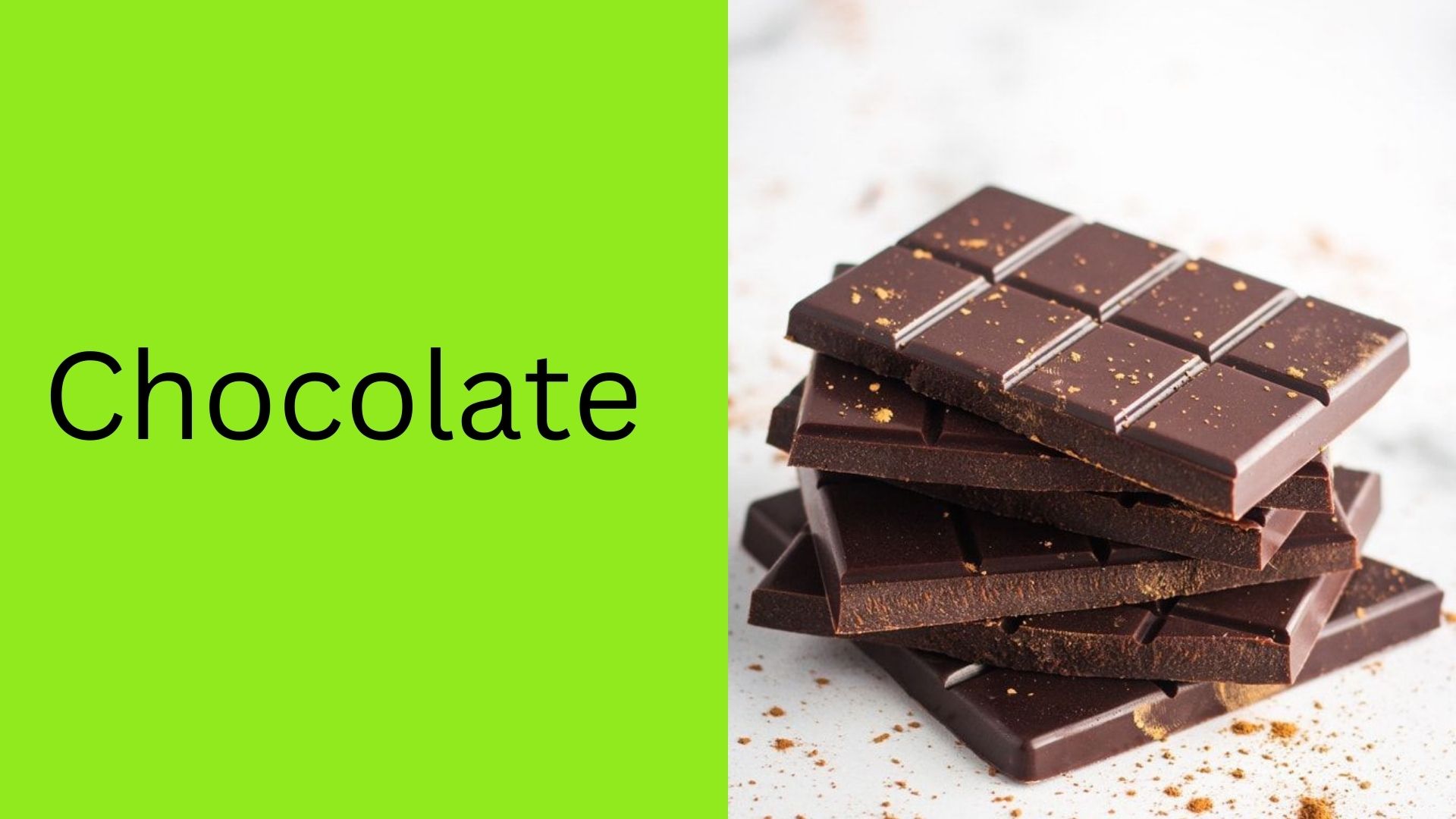Chocolate is a beloved ingredient that adds depth and sweetness to various dishes. But what if you find yourself without chocolate on hand? Fear not! In this blog post, we’ll dive into five fantastic substitutes for chocolate that will still bring delightful flavors and textures to your recipes.
Purpose of Chocolate:
Before we delve into the substitutes, let’s take a moment to appreciate the key roles that chocolate plays in our culinary creations:
- Rich Flavor: Chocolate contributes a luxurious and indulgent taste that enhances many dishes.
- Texture Enhancer: Its smooth and creamy texture can transform ordinary recipes into delectable delights.
- Aesthetic Appeal: The deep color of chocolate adds visual allure, making dishes more enticing.
- Sweetness: Chocolate’s natural sweetness balances flavors and satisfies the palate.
Why Replace Chocolate?
While chocolate is wonderful, there are valid reasons to explore alternatives:
- Health Considerations: Some individuals have dietary restrictions or allergies that necessitate avoiding chocolate.
- Flavor Variety: Substitutes can bring unique flavor profiles, allowing you to experiment with different tastes.
- Nutritional Choices: Certain substitutes may offer nutritional benefits, aligning with specific dietary goals.
- Creative Exploration: Trying different substitutes can spark creativity and lead to innovative culinary creations.
Substitutes and Explanations:
- Cocoa Powder – Substitute for Chocolate
Cocoa powder, a pantry staple, delivers intense chocolate flavor and works well in various recipes. It’s a great substitute for solid chocolate in baking and beverages.
Nutrient Per 1 tbsp (5g) Calories 12 Total Fat 0.7g Carbohydrates 3.1g Dietary Fiber 1.8g Protein 0.6g - Carob Powder – Substitute for Chocolate
Carob powder, derived from carob pods, offers a naturally sweet flavor and is often used as an alternative to chocolate. It’s caffeine-free and can be used in various desserts.
Nutrient Per 1 tbsp (5g) Calories 25 Total Fat 0g Carbohydrates 6g Dietary Fiber 2g Protein 0g - Coconut Oil and Cacao Powder Mixture – Substitute for Chocolate
A blend of coconut oil and cacao powder creates a homemade chocolate-like mixture. This substitute can be customized by adjusting the sweetness and thickness.
Nutrient Per 1 tbsp (14g) Calories 120 Total Fat 14g Carbohydrates 2g Protein 1g - Nut Butter – Substitute for Chocolate
Nut butters like almond or peanut butter can bring a creamy and nutty flavor to your recipes. They work well in both sweet and savory dishes.
Nutrient Per 2 tbsp Calories 180-200 Total Fat 14-18g Carbohydrates 6-8g Dietary Fiber 2-3g Protein 6-8g - Avocado – Substitute for Chocolate
Mashed avocado provides a creamy texture and subtle sweetness. It’s a healthier option and can be used in mousses and smoothies.
Nutrient Per 1/2 medium avocado Calories 120 Total Fat 10g Carbohydrates 6g Dietary Fiber 5g Sugars 0.5g Protein 1.5g
Nutrition Facts Summary Table:
| Substitute | Calories | Total Fat | Carbohydrates | Dietary Fiber | Sugars | Protein | Source / How to Make | Works Best In |
|---|---|---|---|---|---|---|---|---|
| Cocoa Powder | 12 | 0.7g | 3.1g | 1.8g | 0.6g | 0.6g | Processed cacao beans | Baking, beverages |
| Carob Powder | 25 | 0g | 6g | 2g | 0g | 0g | Roasted, ground carob pods | Desserts, beverages |
| Coconut Oil and Cacao Powder Mixture | 120 | 14g | 2g | N/A | N/A | 1g | Combine melted coconut oil and cacao powder | Baking, no-bake treats |
| Nut Butter | 180-200 | 14-18g | 6-8g | 2-3g | N/A | 6-8g | Ground nuts, such as almonds or peanuts | Baking, spreads, sauces |
| Avocado | 120 | 10g | 6g | 5g | 0.5g | 1.5g | Mashed ripe avocado | Desserts, smoothies |
FAQs:
Q1: Can I use cocoa powder as a direct substitute for chocolate in recipes?
A: Yes, cocoa powder can replace solid chocolate in many recipes, providing intense chocolate flavor.
Q2: Is carob powder a suitable alternative for chocolate in desserts?
A: Absolutely, carob powder offers a naturally sweet flavor and works well in various dessert dishes.
Q3: How can I use the coconut oil and cacao powder mixture in my recipes?
A: This mixture can be used in baking and creating no-bake treats, offering a customizable chocolate-like flavor.
Q4: Can nut butters be used to add chocolate-like flavor to dishes?
A: Nut butters like almond or peanut butter can bring a creamy and nutty flavor to both sweet and savory dishes.
Q5: How does avocado work as a substitute for chocolate?
A: Mashed avocado provides a creamy texture and subtle sweetness, making it a healthier option for chocolatey desserts and smoothies.
Exploring these substitutes for chocolate opens up a world of culinary possibilities. While chocolate holds a special place in our hearts, these alternatives offer unique flavors, textures, and nutritional benefits. Whether you’re aiming to cater to dietary preferences, experiment with new tastes, or simply make use of what’s on hand, these substitutes can breathe new life into your recipes.
Remember that each substitute has its own characteristics, so feel free to play around and find the one that best suits your culinary creations. From the intense cocoa flavor of cocoa powder to the natural sweetness of carob powder, the versatility of coconut oil and cacao mix, the nutty richness of nut butters, and the creaminess of avocado, there’s something for everyone.




